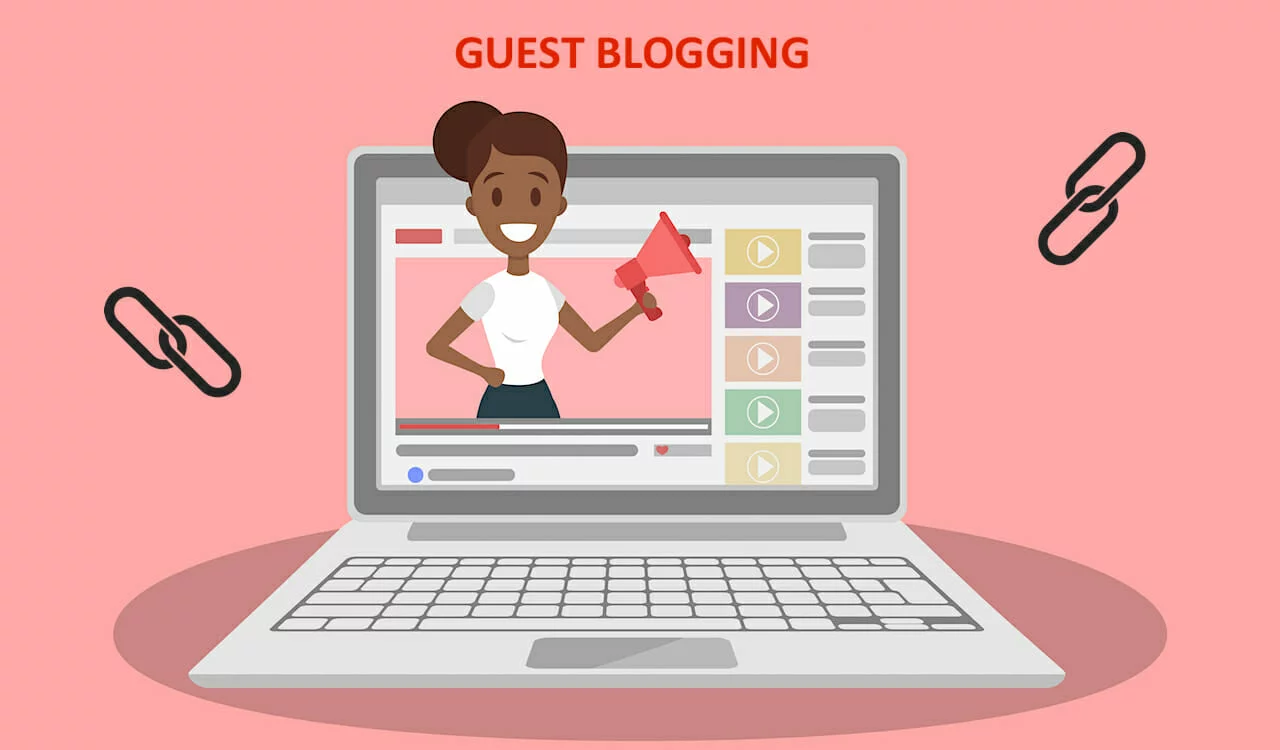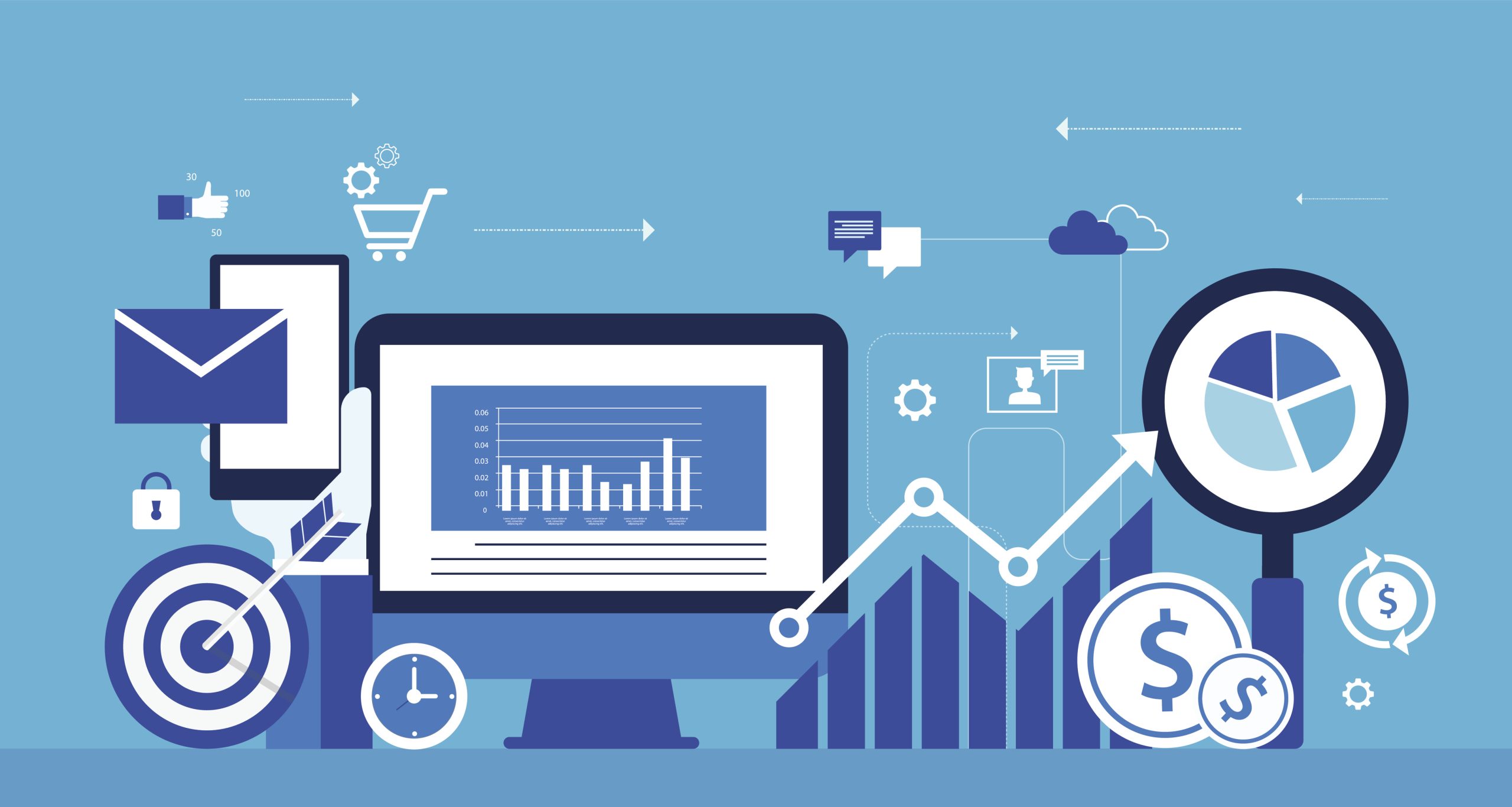It has been almost impossible in the past decade to avoid the Internet. In recent years there have been many discussions about how to manage our digital footprint.
It’s true that the internet has improved our lives in many ways, whether we embrace or resist it. The internet has many uses, from research to conference calls to video calling friends and family. Internet has made it possible to communicate with friends, family and colleagues.
By creating our own online world, we create our digital footprint. These digital footprints can have serious consequences if they are not handled with care. You should know what your digital footprint consists of and how to take care of it in order to protect yourself.
What is a Digital Footprint (or Digital Footprint)?
A digital foot print is “information that exists online about a person as a result their online activities.” It creates a trail with information about what you do on the internet. Searches, websites, emails, online forms, etc., are all examples of digital footprints.
This allows companies to send you information they believe will be of interest. This is why you may see ads for products you have previously searched for such as cars, clothes or films.
You can also leave a digital footprint by sharing links with friends and participating in online chats. You may feel free to share certain remarks in conversations with your friends or even strangers. However, it is possible that more people will read them than you thought. This is especially true if you have not set your privacy settings to be secure enough.
It may seem unimportant to think that strangers are reading your comments. Sometimes a recruitment team will search online for you, and public comments you make in jest can put off a potential employer. If they violate company policy, some comments on social media may even lead to dismissal.
Why do I need to reduce my digital footprint?
It can be hard to imagine the other problems that a digital fingerprint could cause if you are cautious about what you write online. Your online activity, your social media preferences and your online conversations may seem harmless to you if they fall into the wrong hands.
Confidential details, such as credit card numbers or national IDs, are vulnerable to identity theft or fraud. Reduce your digital footprint to reap the benefits.
We use search engines to find information. Some internet activities are active, such as sending emails or interacting on Facebook. Your digital footprint increases every time you tweet, post a status or upload a picture to your social media account.
Related: Management Services are a Good Option for High Net
Anyone who views your original upload can save it and use it as they please. Even though you can delete your posts, it is not guaranteed that they will be deleted from the company servers.
You can review your content by planning a post or thinking carefully before you publish it. Ask yourself whether you really need or want the information that is posted online to remain available for a long time before sending it.
How to manage your digital footprint
You can reduce your digital footprint in many ways. We will discuss some measures that you can take if you are starting to consider personal information protection and online safety.
1. Geo-tagged photos
Uploading information about everything you do to social media is a part of life for some. We can be tempted to share our experiences with the world by posting selfies, stunning vistas or sumptuous breakfasts. Uploading a photo, an album, a location or a clever tagline reveals something about you.
We’ve already mentioned that it is nearly impossible to remove a photo once it has been uploaded online. Uploading geo-tagged photos is also something to be careful about. Geo-tagged photos may contain latitude and longitude information, revealing the exact location where the photo was taken.
You can disclose personal information, like the location of your house. Uploading the picture in real-time could reveal to other users your exact location.
2. Pictures of Other People
It’s fine to upload photos of you or of a beautiful landscape. Uploading photos of other people such as friends, children or strangers can be tricky.
Experts suggest you upload photos of your children with more caution. You may be used to making all the decisions for your child when they were a baby.
Uploading their photos before they are able to make a decision could result in a problematic profile. This is happening before they are able to walk, let alone use the internet. Some children will grow up resentful of the online profile created without their consent.
3. Avoid sharing photos
When it comes to sharing pictures online, there’s one general rule: “Don’t share anything that contains your private information.”
While a trip to another country can be exciting, you should be cautious about sharing your experiences with friends and followers. Although it may seem like an exciting photo opportunity, posting a picture of your passport or boarding card can reveal more than you want.
Some have said that you can get a lot of information by simply divulging a few details from your passport or electronic ticket, such as travel plans and frequent flyer numbers.
Think twice before you share. It’s not necessary to share your marriage certificate, driver’s licence or credit card on social media.
4. Using Unfamiliar Wi-Fi
Public Wi-Fi is available in many public places, such as shopping malls and cafes. Although this may be appreciated by those without mobile data, you should still exercise caution.
Hackers can use unencrypted Wi-Fi networks to spread malware, even though most people are using public Wi-Fi in an innocent manner. Public Wi-Fi networks that are free may be unencrypted, making them more susceptible to cyberthreats. You could end up with more than what you bargained. When possible, use private or trusted contacts.
Pro-tip: Sign out of the websites that you have accessed, especially if it was on a computer shared by others!
5. Online Shopping
You want to be sure that you are buying from a legitimate retailer when making an online purchase. Your purchase information should be handled properly, and personal data such as your delivery address stored according to data protection laws.
Research the retailer before making a purchase and ensure that their website is safe. Review online reviews before making any purchases. Only make purchases on your private Wi-Fi. These steps will protect you from online shopping scams.
6. Device Microphone with Camera
We rarely use the laptop microphone or camera. You may be more aware if you’re used to online video or voice calls. You should be aware that the tiny camera on your laptop screen can be a danger.
Mark Zuckerberg and others, such as Facebook’s founder, cover their webcam, camera, or microphone when they are not using them to reduce the chance of being accidentally filmed.
Verify your smartphone’s settings. To ensure that apps aren’t ‘listening or watching’ you, disable the use of your microphone and camera.
Since years, people have been talking about how some apps ‘listen in’ on users and what they do, such as what they watch or surf. Data is crunched, analysed and then you could be served ads you’re more likely to respond to.
Read more:




